
https://cuilcaghlakelands.org/about-us/what-is-a-geopark/biodiversity/
The Biodiversity of the Geopark is nothing short of magnificent. With the ever changing climate, millions of years of evolution and a landscape shaped and decorated by an abundance of plants and animals, we are consistently in awe of our findings. To us, the Geopark is a playground, a refuge and the most fascinating teacher!
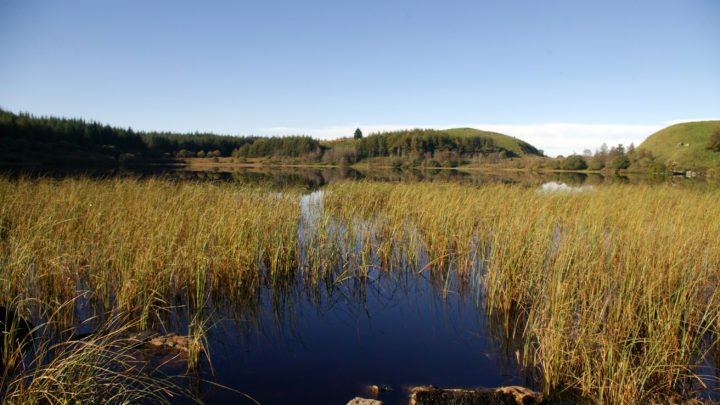
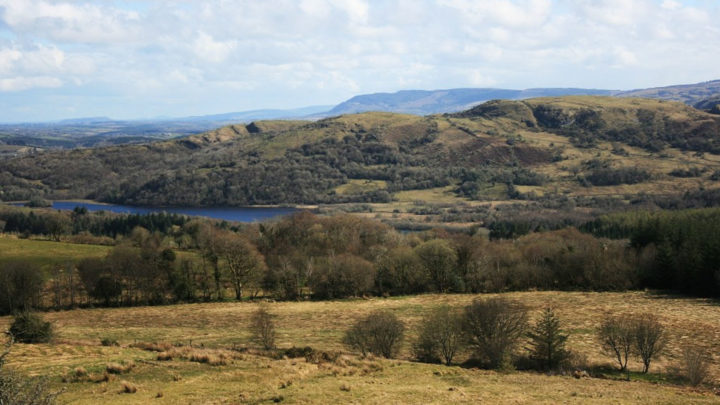

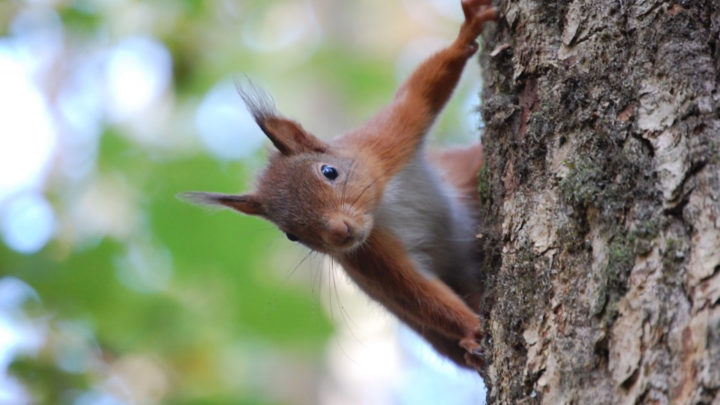
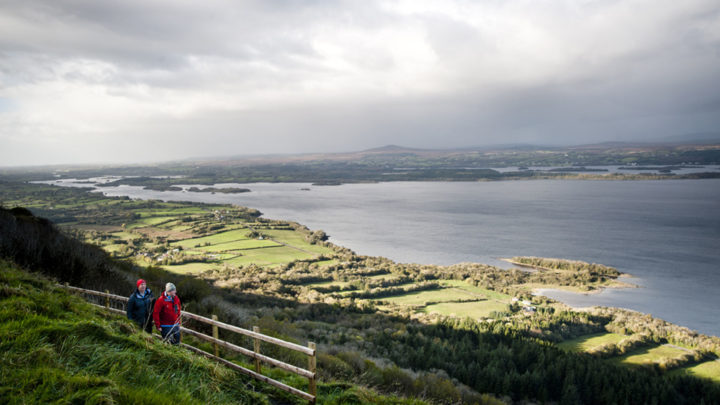



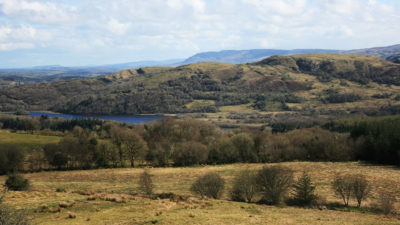
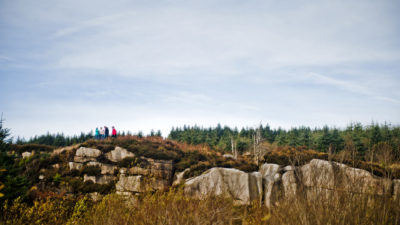
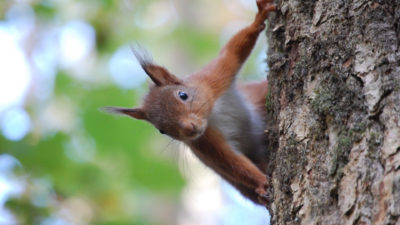
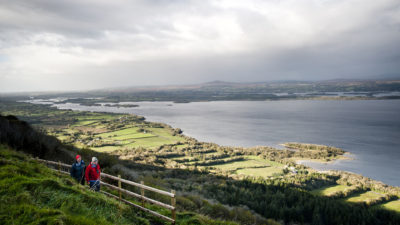
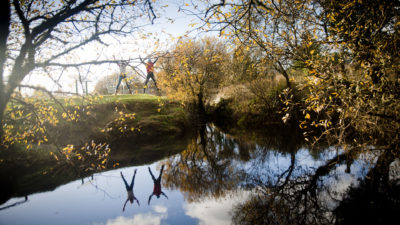

Woodlands are in abundance here at the Geopark. After the last Ice Age, (about 13,000 years ago!) woodlands returned to the island of Ireland in their thousands, and there are only a small number of species that are classified as native. This includes Oak, Ash, Elm, Birch, Alder, Scot’s Pine, and Yew, which inhabit the Geopark and make for a breath-taking landscape. Woodlands in Ireland can be divided into two distinct categories, natural broadleaved woodlands and managed coniferous woodland, and the Geopark is proudly home to both.
Robins, Blackbirds and Song Thrushes can be seen dancing through the woodlands all year round, and in the Summer months, species such as Willow Warblers, Chiffchaffs and Spotted Flycatchers join the forest choir for a short while.
To accompany these beautiful birds throughout the Geopark is a vast array of visually stunning and sweet smelling wildflowers. The Geopark’s display of wildflowers is extremely diverse. In sites such as Castle Caldwell and Cladagh Glen, blankets of bluebells and a spread of wild garlic cover the woodland floor, and we are lucky to be a home for Twayblade Orchids, which often grow along the path edges.
The Geopark is also a haven for many mammal species. In particular, the site is a space of refuge for two of Ireland’s most endangered species, the Red Squirrel and the Pine Marten. Ely Lodge Forest and Lough Navar Forest are magnificent playgrounds for Red Squirrels, where they are often seen climbing the trees and munching on hazelnuts. Pine Martens, being nocturnal, are a bit more difficult to spot, often scuffling around in darkness searching for nuts, berries and sometimes even squirrels.
Bogs are created when the remains of plants and creatures compress together in cold, waterlogged areas over thousands of years. This creates peat, a soil. It’s a fascinating process that tells us a lot about our landscape’s history.
Sphagnum Moss is the star of the show. The dead material of this plant forms peat at 1cm per 1000 years, so you can imagine just how precious these boglands really are. This leads to a lack of nutrients in the habitat, but of course, the magic of biodiversity steps in to save the day. Over time, plants like Butterwort and Sundews evolved to capture insects, which resolved all issues with nutrition. Peatlands can be seen throughout the Geopark, with Cuilcagh Mountain Park containing one of the most impressive examples of intact bogland in Western Europe.
Heathland is similar to peatland, however it can be distinguished by the abundance of heather and small shrubs that adorn the area. You will find heathland on the slopes of Cuilcagh Mountain or around Big Dog Forest, and if you’re lucky, you might also spot one of our most ancient species, sunbathing on a Geopark rock, the Common Lizard.
The Geopark is spoiled for choice when it comes to beautiful lakes. Upper and Lower Lough Erne, Lough Melvin, Lough MacNean and Lough Oughter are the biggest lakes within the Geopark, however there are also many smaller lakes that weave through the Geopark and make wonderful homes for many species. Along the larger lakes, you’ll find reedbeds, fen peats and wet grasslands and woodland that host a fascinating array of mammals, insects and birds. The smaller lakes are prone to developing swampy fringes where you’ll spot dragonflies and damselflies.
Two of Ireland’s most revered rivers, the Erne and the Shannon, both rise within the Geopark and bring with them a large variety of game and coarse fish species. Anglers visit from all over to enjoy these river treasures. The Ferox, Gillaroo and Sonaghan are unique to Lough Melvin, alongside Arctic Char and Pollan fish species which amazingly, have survived since the last Ice Age.
The grasslands of the Geopark are paradise for a variety of plant and animal life. In line with the Geopark’s ethos, there is a large amount of lowland meadows. Lowland meadows are maintained with low intensity farming practices, allowing the grasslands to flourish and bloom wildly and naturally. This allows for an incredible display of wildflowers, such as Yellow Rattle, Bulbous Buttercup and Meadow Vetchling which fill the landscape with a burst of colour in the summertime. Tully Castle, Castle Archdale Forest and the Shannon Pot will give you a perfect glance of this magical spectacle. You’ll also find lots of butterflies, bees and moths, pollinating these enchanting sites.
Carboniferous Limestone dominates a large percentage of the Geopark, which has a huge impact on the biodiversity of the area. This habitat is so significant that many of the areas have been awarded protection through statutory designation, which is a wonderful way to keep the Geopark alive and thriving. One of these protected areas is the Limestone Pavement, a vital feature of the Geopark, that tells us so much about our past. It occurred when ice sheets moved along the landscape, destroying large amounts of soil and vegetation and exposing the rock underneath. The Limestone Pavement is therefore the result of an extremely complex and unique process, which cannot be repeated, (making it extra special!). Killykeegan and Crossmurrin Nature Reserve and the lower reaches of Cuilcagh Mountain Park will give you a look at this incredible piece of history.
The Geopark is home to a number of enchanting caves, all with varying features. Some are horizontal corridors with streams that lead to great big chambers while others have deep, vertical shafts that plummet to huge depths. Although so far beneath the surface, these caves are home to numerous species, including bats, freshwater shrimps, moths and various species of spider. The caves in the Geopark reveal so much about our Geological heritage and it’s a true gift to have the opportunity to explore their long-hidden secrets.